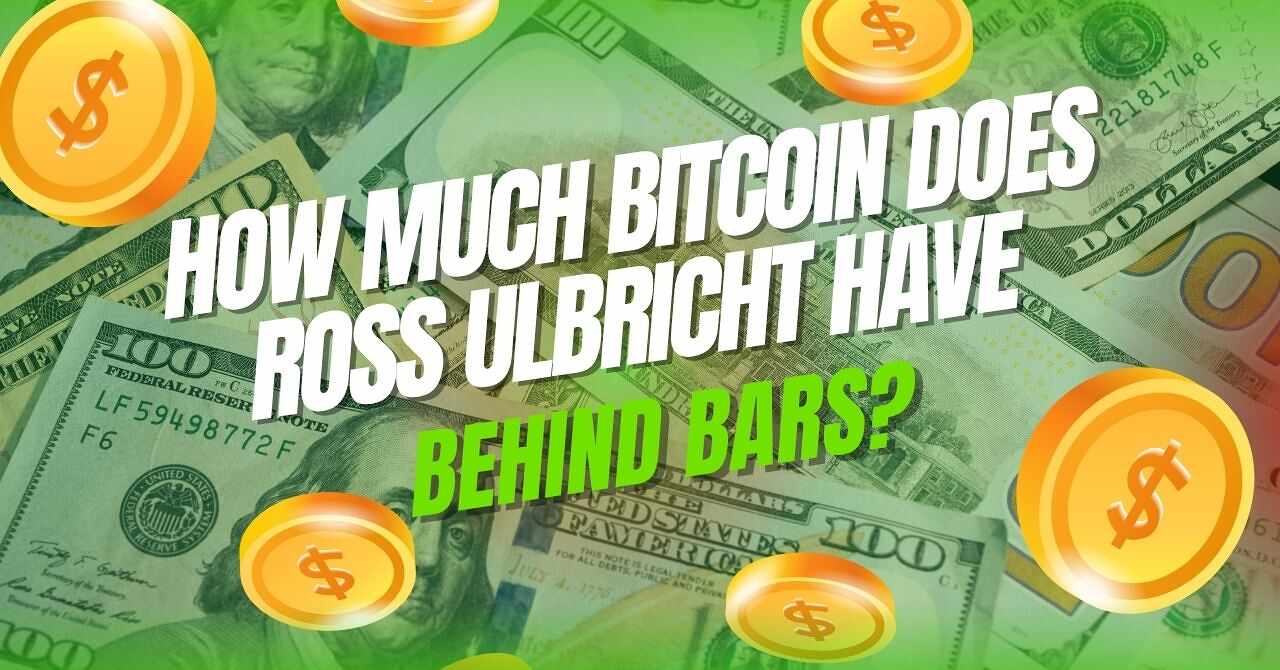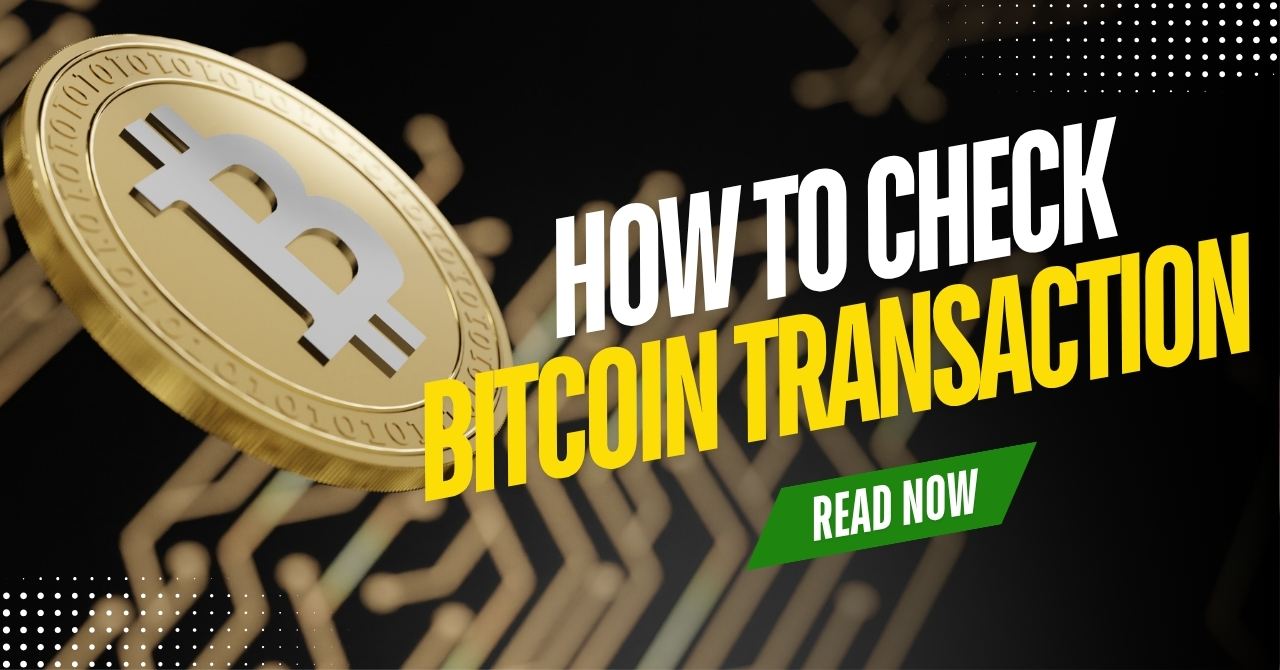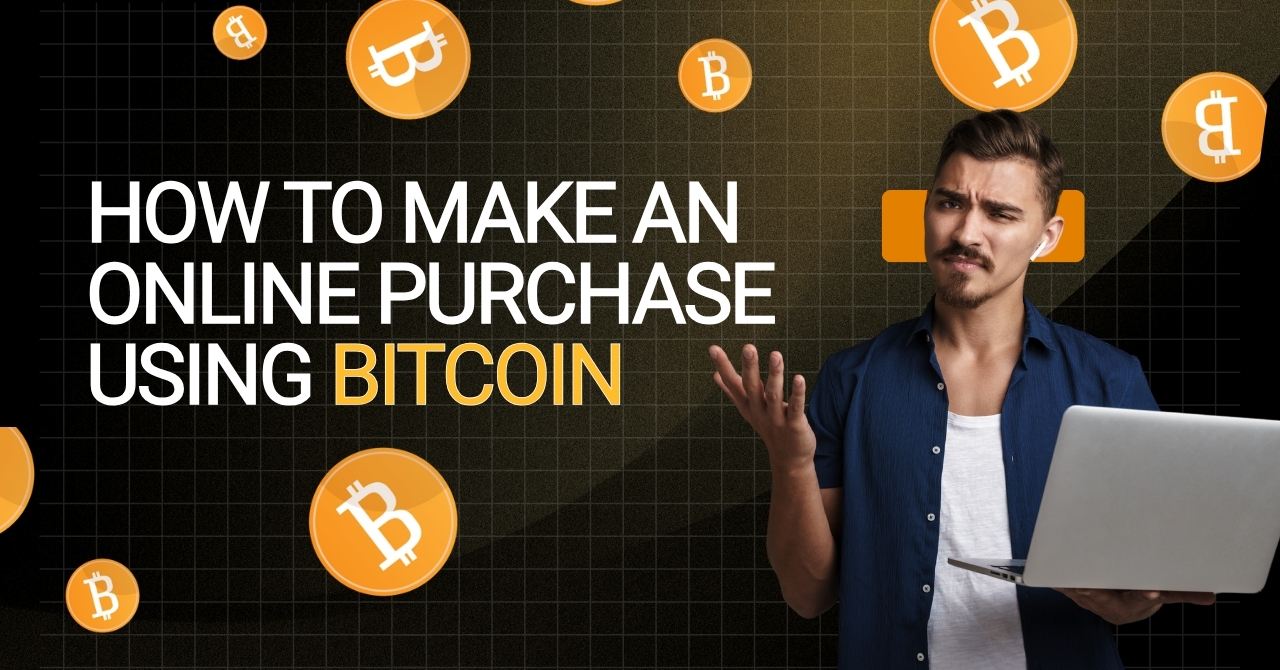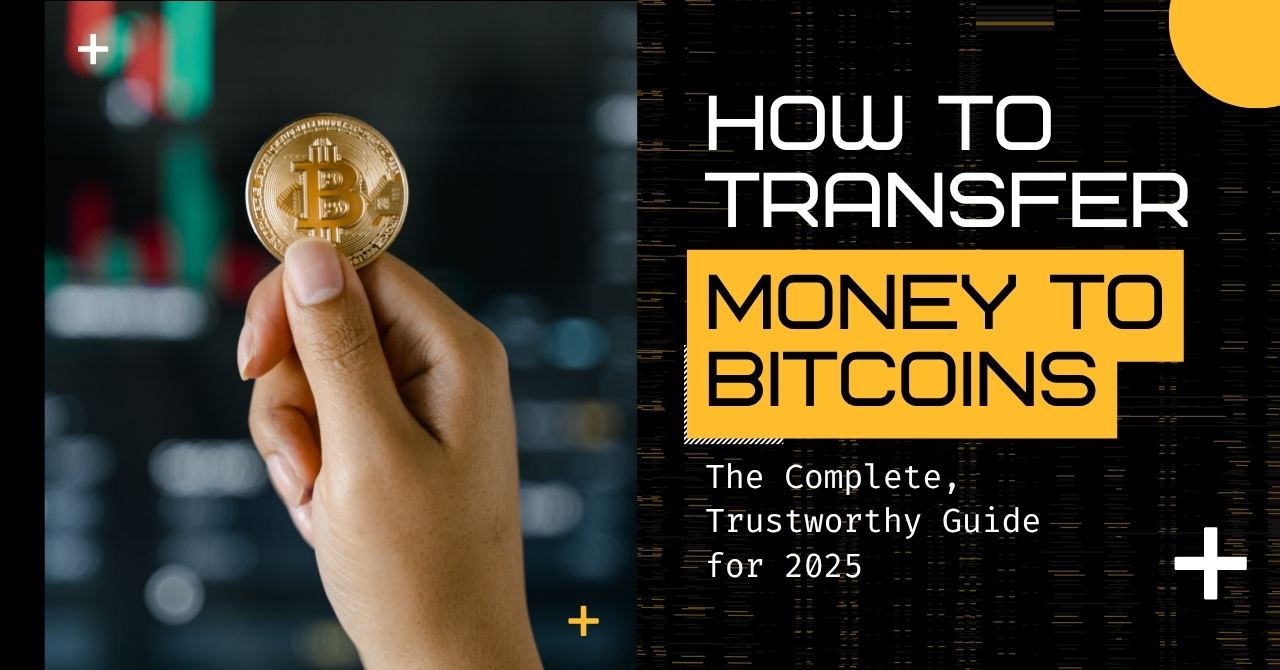How to Turn Money into Bitcoin? To turn money into Bitcoin, you need to use a cryptocurrency exchange or trusted digital wallet service that allows you to buy Bitcoin using traditional currencies like USD, EUR, or VND. The process typically involves creating an account, verifying your identity, choosing a payment method (such as bank transfer or credit card), and placing a buy order.
As Bitcoin continues to gain traction for investment, remittances, and fast online payments, converting fiat to crypto has become easier and safer than ever.
In this guide, Vietnam-USTrade will show you how to complete each step safely and efficiently—powered by vietnam-ustrade.
1. What is Bitcoin and how does fiat conversion work?
Bitcoin is a decentralized digital currency. This means no government or bank controls it. Instead, Bitcoin operates on a network made up of computers worldwide, making it accessible and secure.
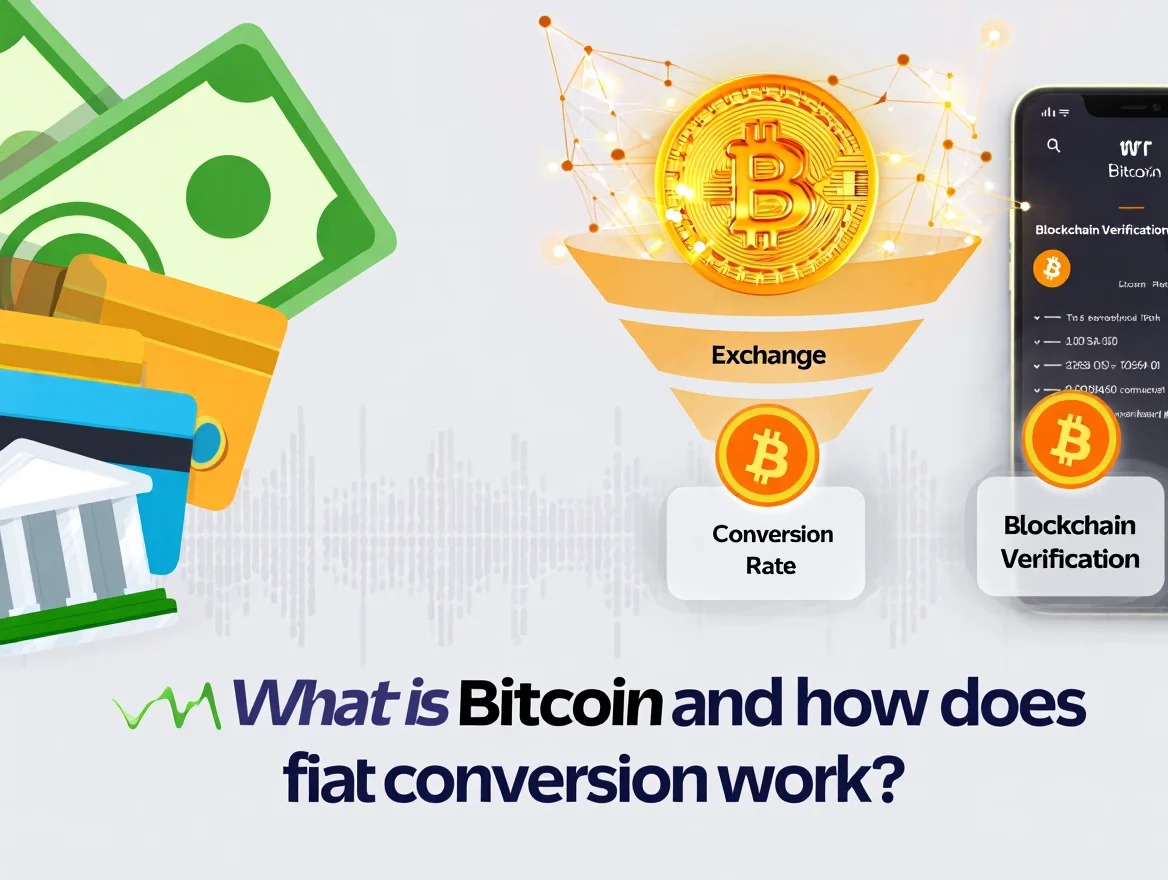
“Fiat currency” is traditional money issued by governments, like the US dollar or the euro. You need to convert this fiat money into Bitcoin for digital use, whether for investment or payments.
In 2025, more people convert fiat to Bitcoin because digital payments grow, cross-border transfers become easier, and Bitcoin gains acceptance in financial markets.
The conversion process is simple: You send your money to a platform, the platform exchanges it for Bitcoin, and then you move the Bitcoin to your personal wallet.
Diagram: Money ➔ Platform ➔ Bitcoin ➔ Your Wallet
2. Key considerations before you buy Bitcoin
Before you learn how to turn money into Bitcoin, it’s essential to understand the legal and security foundations of the process.
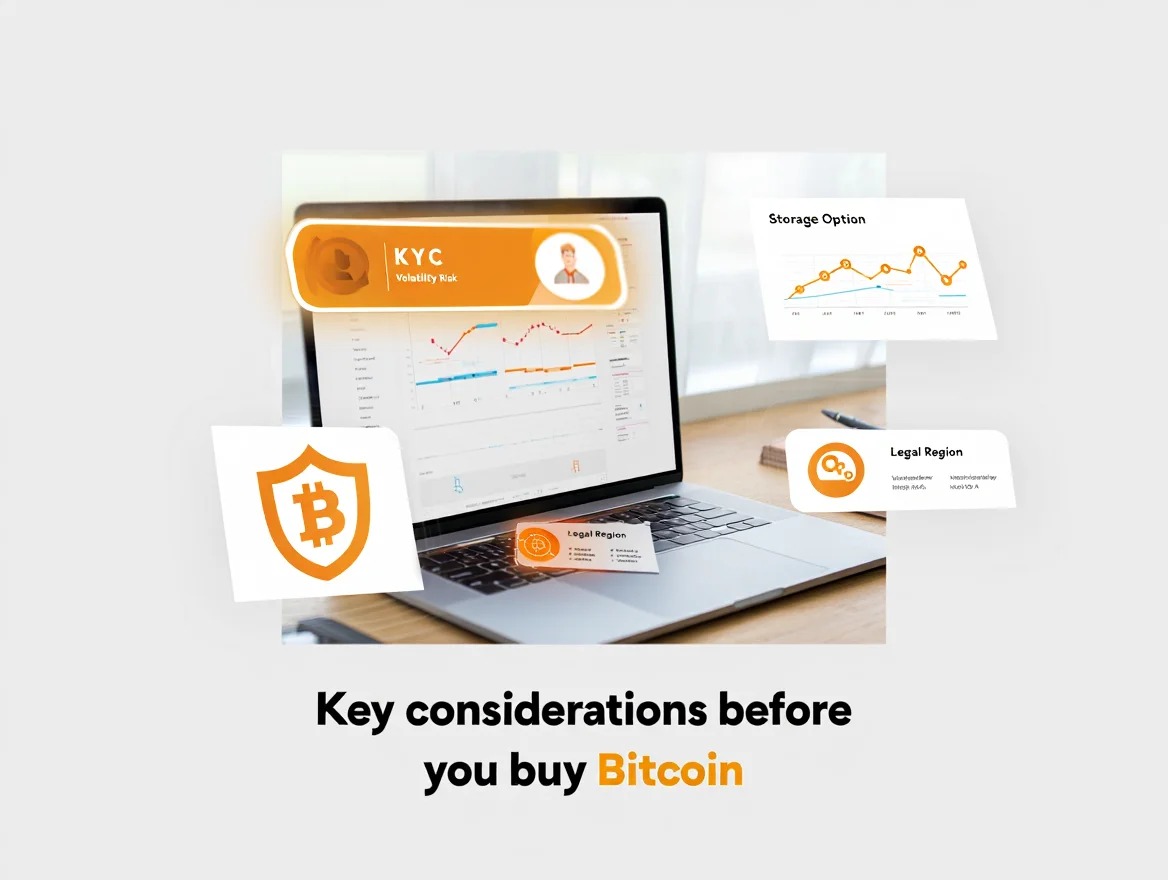
Security Basics: Protect your Bitcoin with strong passwords and two-factor authentication (2FA). Be alert to phishing scams, which are common in 2025.
Legal and Regulatory Issues: Know your country’s rules. Most platforms require identity verification (KYC) and follow anti-money laundering laws (AML). Regulations may vary depending on where you live.
Choosing a Bitcoin Wallet: Wallets store your Bitcoin safely. You can pick between “hot wallets” (online, convenient) and “cold wallets” (offline, safer). Setting up your wallet carefully is crucial. Always back up your recovery seed.
Managing Volatility and Risk: Bitcoin prices can change quickly. Start with small amounts, and only invest what you can afford to lose.
Quick FAQ
What is a Bitcoin wallet? A tool to store your Bitcoin securely.
Why verify identity? To comply with laws and keep the market safe.
3. How to turn money into Bitcoin: Core methods explained
There are several popular ways to buy Bitcoin:
- Cryptocurrency Exchanges: Online platforms where you buy Bitcoin with bank transfers or cards.
- Bitcoin ATMs: Physical machines where you insert cash and get Bitcoin.
- Peer-to-Peer (P2P) Platforms: Buy directly from other people, often with flexible payment methods.
- Payment Apps: Apps like PayPal or Cash App that allow Bitcoin purchases.
Here’s a quick comparison:
| Method | Speed | Fees | Privacy | ID Required | Best For |
|---|---|---|---|---|---|
| Exchanges | Medium | Low–Medium | Low privacy | Yes | Beginners, large buys |
| ATMs | Fast | High | Medium | Sometimes | Cash users, immediate need |
| P2P | Variable | Medium | High | Sometimes | Privacy-focused, flexible payments |
| Banking Apps | Fast | Medium | Low | Yes | Convenience, small buys |
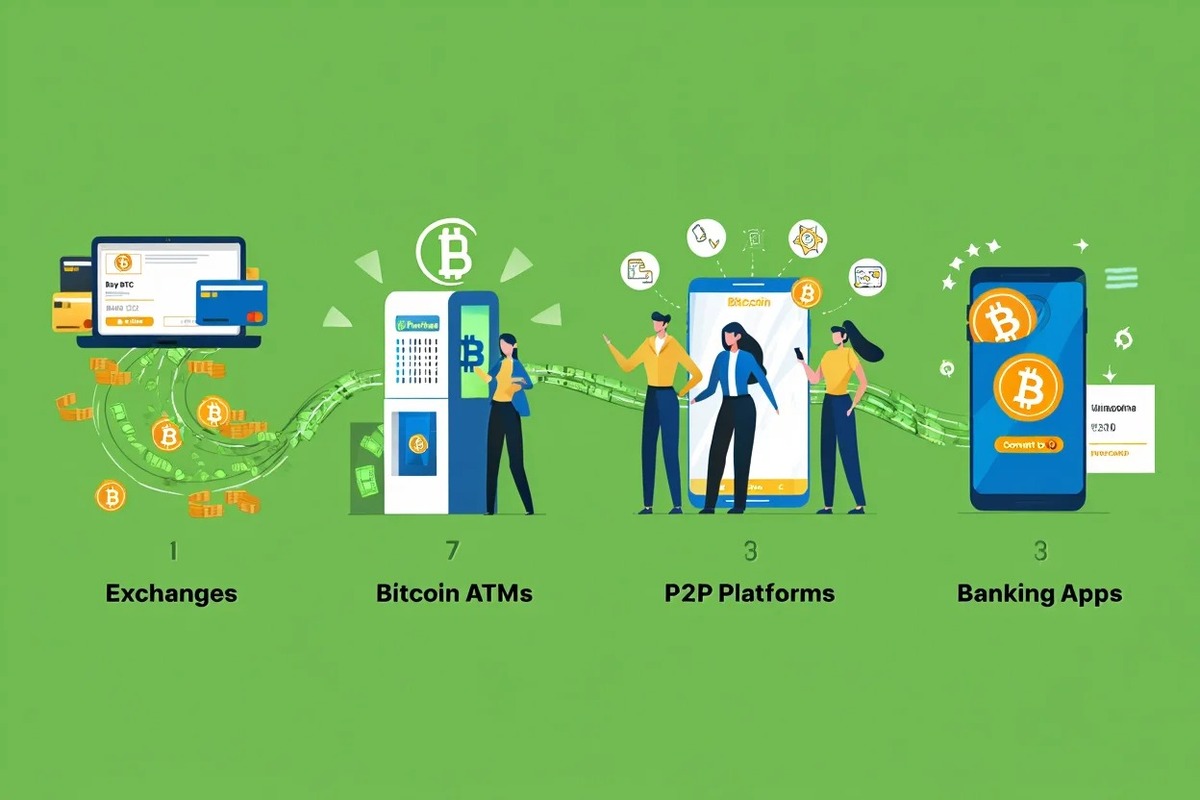
3.1. Using cryptocurrency exchanges to buy Bitcoin
A crypto exchange is an online platform that connects buyers and sellers. Trustworthy exchanges follow strict security rules and legal regulations in 2025.
One of the most common ways to learn how to turn money into Bitcoin is through reputable exchanges like Coinbase or Binance.
Steps to buy Bitcoin on an exchange:
- Sign up and create an account.
- Complete identity verification (KYC).
- Add funds through bank transfer, credit/debit card, or other supported methods.
- Place an order: Market orders buy instantly at the current price, limit orders buy when the price hits your target.
- Transfer Bitcoin to your personal wallet for safety.
Exchanges charge fees (typically 0.1% to 0.5%) and transactions can take minutes to days depending on the payment method.
Tips: Use 2FA, choose strong passwords, and confirm withdrawal addresses carefully.
3.2. Buying Bitcoin from Bitcoin ATMs
If you’re dealing with cash and need a quick solution, Bitcoin ATMs are a practical option when figuring out how to turn money into Bitcoin.
Bitcoin ATMs work like regular ATMs but allow you to exchange cash for Bitcoin:
- Find a nearby Bitcoin ATM using online maps.
- Prepare your Bitcoin wallet’s QR code.
- Insert cash into the ATM.
- Scan your wallet QR code to receive Bitcoin.
- Get a receipt for your records.
Fees at ATMs are higher (5-10%) and vary by region. Some require ID, especially for larger transactions.
Pros: Fast, cash-based, no need for bank accounts.
Cons: Higher fees, limited locations.
3.3. Turning money into Bitcoin with peer-to-peer platforms
For those who value privacy and flexible payments, peer-to-peer platforms are an alternative path to discover how to turn money into Bitcoin without centralized intermediaries.
P2P platforms connect buyers and sellers directly. Popular options in 2025 include LocalBitcoins, Paxful, and Binance P2P.
How it works:
- Register on the P2P platform.
- Search trusted sellers based on ratings and payment methods.
- Initiate a trade; your payment is held in escrow by the platform.
- Pay the seller using agreed methods (bank transfer, PayPal, cash, etc.).
- Once the seller confirms payment, Bitcoin is released to your wallet.
Safety checklist: Use escrow, check seller reviews, avoid deals that sound too good to be true.
3.4. How to use payment apps and online banking for Bitcoin
Several payment apps now allow Bitcoin purchases directly:
- PayPal: Buy Bitcoin with your PayPal balance or linked cards, but options to move Bitcoin off PayPal wallets can be limited.
- Cash App: Easy for small Bitcoin buys and quick transfers.
- Revolut: Offers crypto purchases with integrated banking.
Steps to buy: Set up the app, complete ID verification, select Bitcoin, add payment method, and confirm purchase.
Limitations: Some apps restrict Bitcoin withdrawal. Fees and limits vary per app.
4. Understanding fees, limits, and verification when buying Bitcoin
Understanding transaction fees is a critical part of how to turn money into Bitcoin effectively without overpaying.
Fees vary by method:
Exchanges: 0.1%–0.5% trading fees plus deposit fees for cards.
Bitcoin ATMs: 5%–10% per transaction.
P2P: Typically 1%–3% service fee; payment method fees depend on bank or app costs.
Verification processes differ: Most exchanges require full ID; ATMs may ask for ID only with large amounts; P2P platforms can vary.
Surprise fees include Bitcoin network (miners) fees which depend on network traffic and can fluctuate daily.
5. Staying safe: Red flags, common scams, and best practices in 2025
Watch out for scams like fake platforms asking for upfront deposit, phishing emails, and fraudulent sellers on P2P sites.
Verify apps and sellers by checking official websites and reviews. Real KYC and escrow systems protect you from fraud.
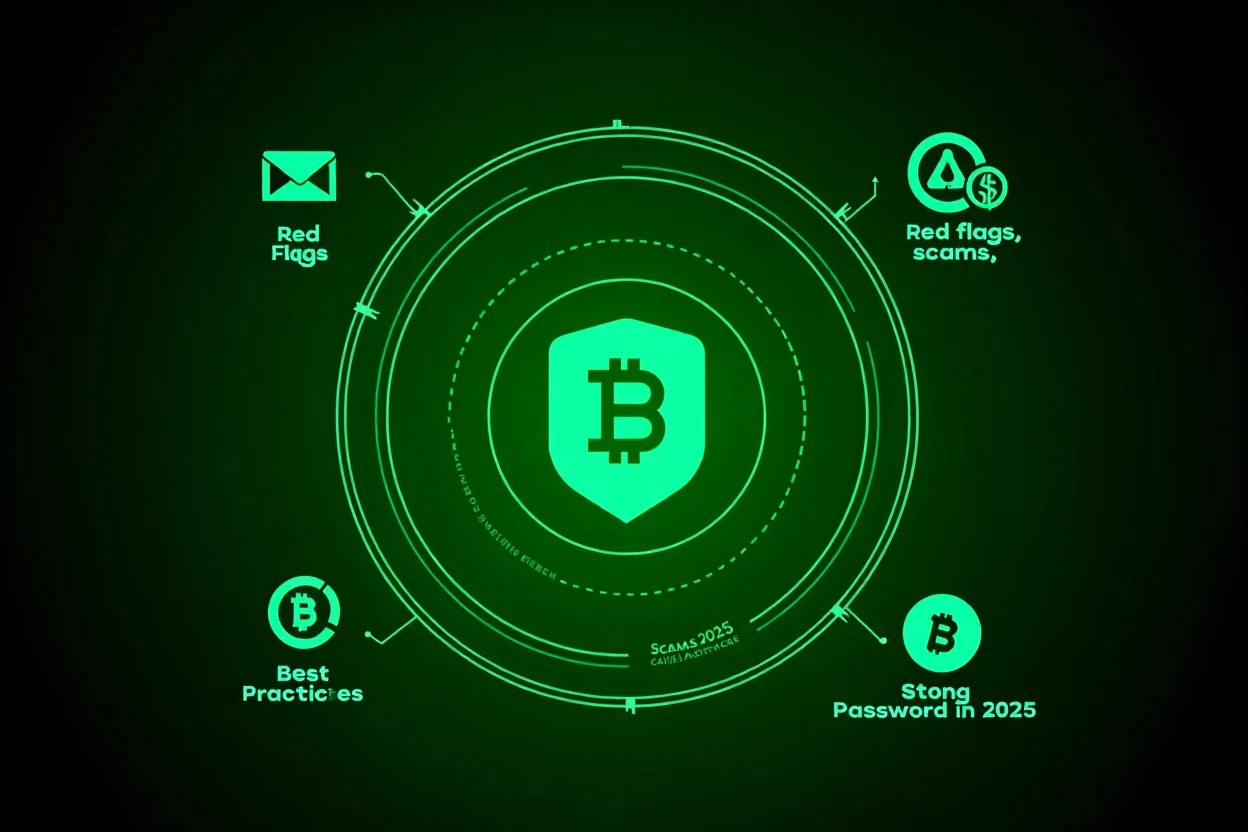
Best practices include:
- Use hardware or software wallets with strong backup plans.
- Activate 2FA on all accounts.
- Never share your private keys.
- Test small transactions before larger ones.
Continue learning with these articles:
- How do i send bitcoins to an address
- How do i start getting bitcoins
- What is a godzilla candle in bitcoin
6. FAQ: Common questions about turning money into Bitcoin
6.1. Can I buy Bitcoin anonymously?
Most platforms require some ID, but small amounts may be bought anonymously via specific ATMs or P2P.
6.2 Are Bitcoin buys instant?
Market orders on exchanges and ATMs can be quick, but bank transfers may take days.
6.3 What if I send money but don’t get Bitcoin?
Use platforms with escrow and dispute resolution. Contact support immediately.
6.4 Can I reverse a Bitcoin transaction?
No. Bitcoin transactions are irreversible.
6.5 How do I convert Bitcoin back to fiat?
Use exchanges or P2P platforms to sell Bitcoin for cash or bank transfers.
6.6. How do I learn how to turn money into Bitcoin safely?
Start by choosing a trusted method, verifying your identity when required, and storing your Bitcoin securely in a wallet.
7. Expert tips and pitfalls: What beginners should know in 2025
Many beginners struggle with how to turn money into Bitcoin the first time, so it’s wise to start small and test different methods.
- Start Small: Begin with small amounts to learn the process safely.
- Double-Check Addresses: Always verify the Bitcoin address before sending.
- Keep Transaction Records: Track your buys and sales for tax and security.
- Understand Fees: Factor fees into your budget to avoid surprises.
- Choose the Right Method: Pick a buying method that fits your speed, privacy, and cost preferences.
- Prioritize Security: Secure wallets and accounts over convenience.
- Avoid Unverified Sellers: Stick to trusted platforms and well-reviewed sellers.
- Know Tax Rules: Reporting requirements vary by country stay compliant.
8. Resources, glossary, and where to learn more
Key Terms:
- Bitcoin: Digital currency operating without central control.
- Fiat Currency: Traditional money issued by governments.
- Wallet: Software or hardware storing your Bitcoin.
- KYC: Know Your Customer, identity verification process.
- 2FA: Two-Factor Authentication for security.
Helpful Resources: Check official exchange websites like Coinbase and Binance, security guides from crypto communities, and wallet tutorials on YouTube.
For stuck transactions or support, contact platform customer service directly or join trusted crypto help forums.
9. Conclusion
How to turn money into Bitcoin in 2025 is not just a question for tech-savvy investors it’s now a practical consideration for anyone exploring digital finance. Whether you’re looking to diversify your portfolio, send money internationally, or simply experiment with cryptocurrencies, converting fiat into Bitcoin has become easier, faster, and more accessible than ever before.
Before you begin, remember this checklist:
- Learn the basics of how Bitcoin and fiat conversion work
- Choose a reliable platform and complete necessary verification (KYC)
- Select a wallet that suits your security needs (hot or cold)
- Factor in all fees from transaction to network charges
- Stay alert for scams and only trade with trusted sources
- Keep good transaction records for taxes and personal safety
- Start with small amounts, and grow as your knowledge deepense
Don’t forget to follow the Bitcoin section on Vietnam-ustrade to stay updated with the latest insights!


